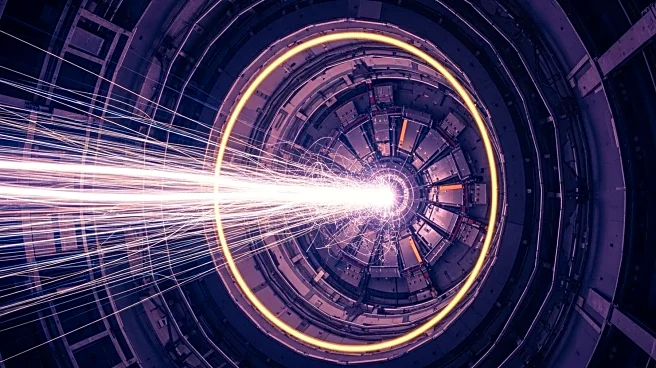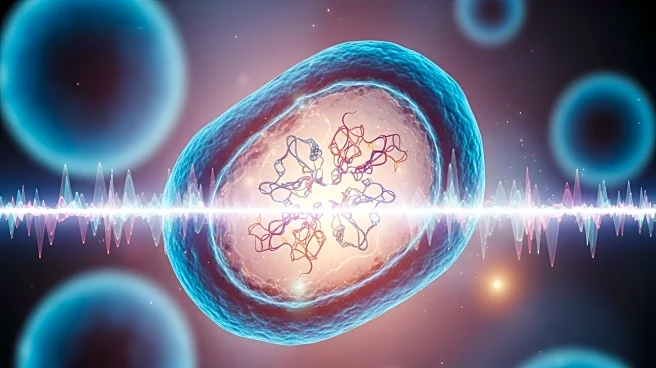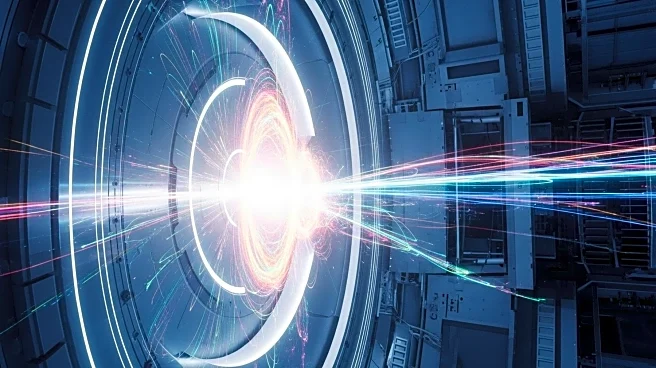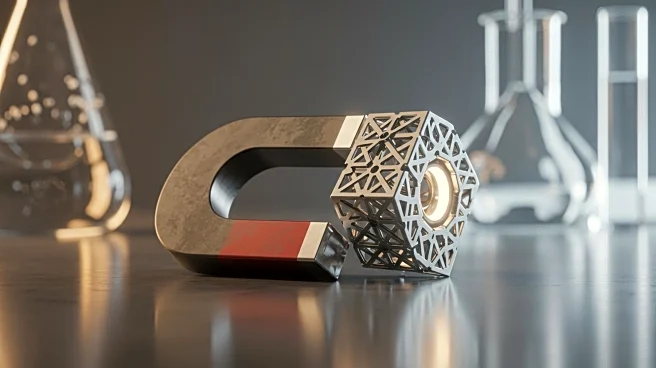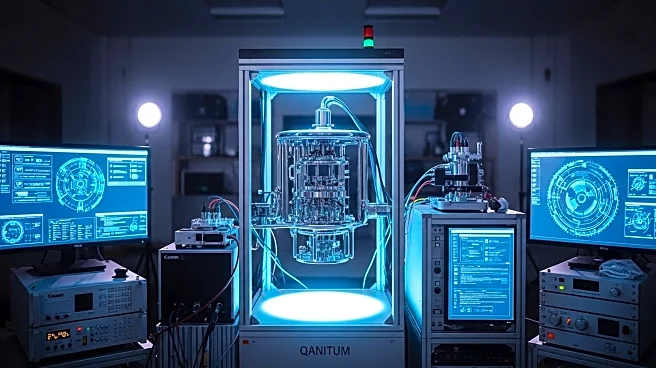What is the story about?
What's Happening?
Researchers at the University of Science and Technology of China and the Shanghai Artificial Intelligence Laboratory have developed an AI-enabled protocol to arrange thousands of atoms into defect-free arrays. This method uses optical tweezers and AI algorithms to simultaneously shift all trapped atoms to desired positions, ensuring no missing atoms. The approach, published in Physical Review Letters, allows for rapid and scalable atomic rearrangement, achieving defect-free arrays with up to 2024 atoms in just 60 milliseconds. This advancement is a significant step towards reliable quantum simulations and computations.
Why It's Important?
The ability to create defect-free atom arrays is crucial for the development of quantum computing systems. This AI-driven technique enhances the precision and scalability of atomic arrangements, which are foundational for quantum simulations and computations. By overcoming previous limitations in atom array assembly, this innovation could accelerate the realization of practical quantum computers, potentially revolutionizing fields such as cryptography, materials science, and complex system modeling. The integration of AI in quantum physics exemplifies the growing intersection of these fields, promising new solutions to longstanding scientific challenges.
What's Next?
The research team aims to demonstrate quantum error correction and fault-tolerant quantum computing using atomic qubits. This next phase will involve refining the AI protocol to handle larger arrays and more complex quantum operations. The success of these efforts could lead to breakthroughs in quantum computing capabilities, attracting further investment and interest from both academic and commercial sectors. As the technology matures, it may prompt discussions on the ethical and security implications of quantum computing, necessitating new regulatory frameworks.
AI Generated Content
Do you find this article useful?





